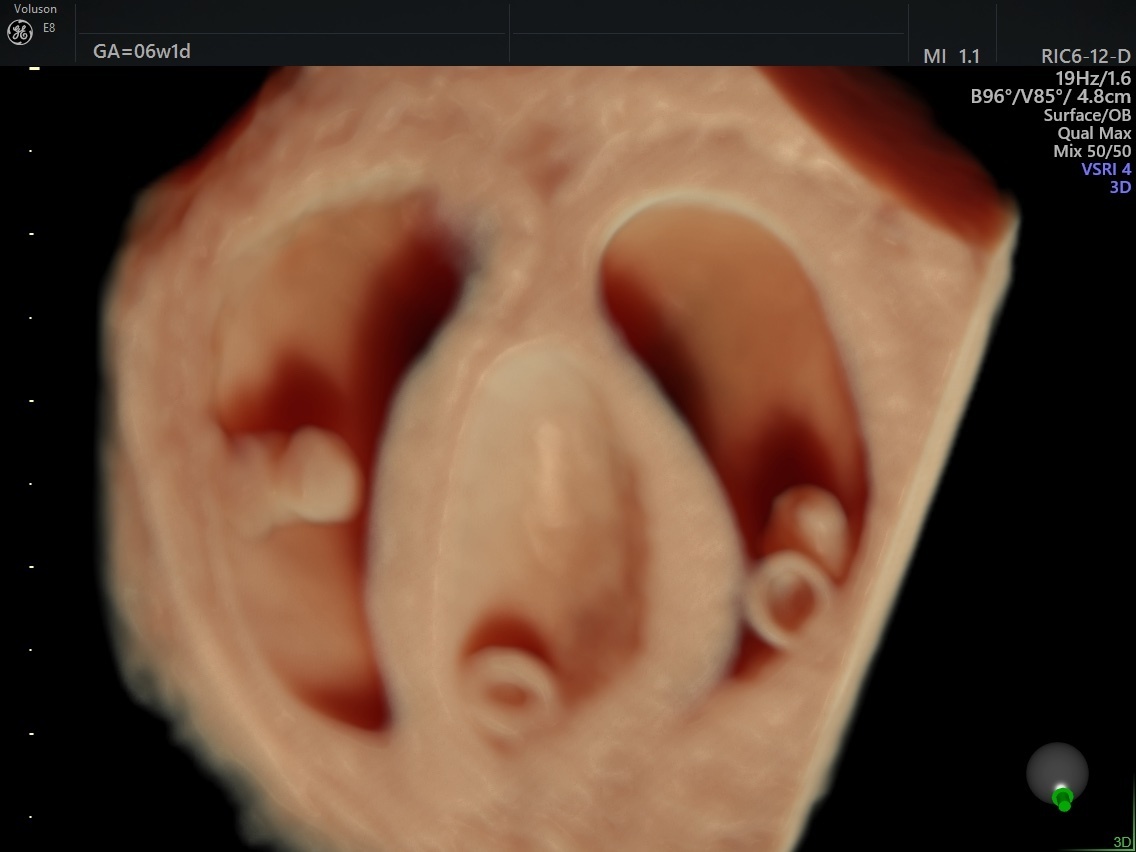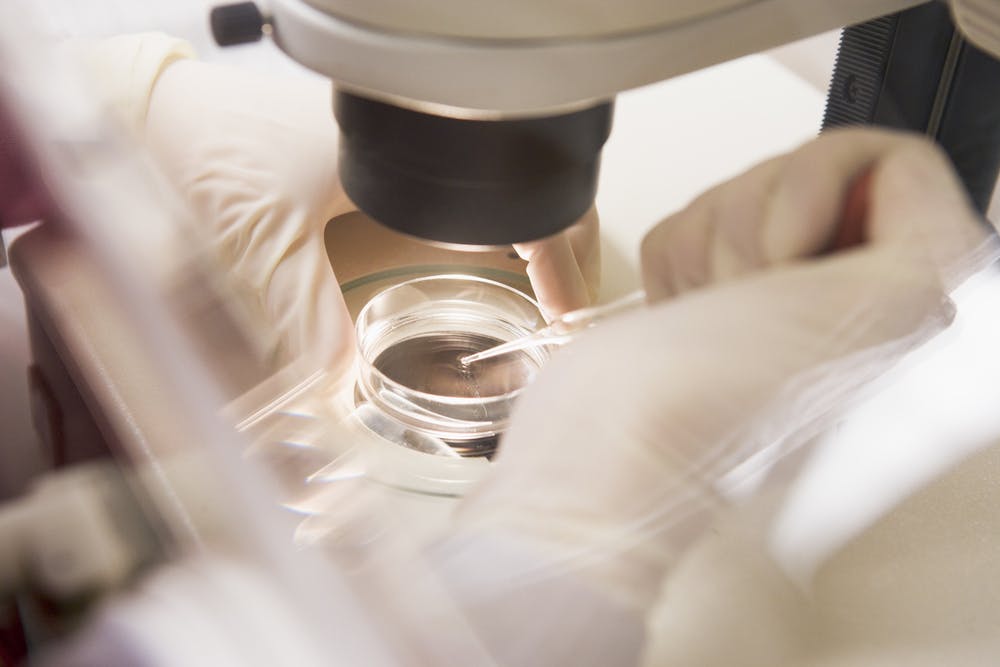More and more fertility clinics around the country are transferring embryos at day 5 after fertilization, whether through in vitro fertilization or intracytoplasmic sperm injection. But while many patients have experienced the benefits of a day 5 embryo transfer, researchers are still concerned about the higher risks it presents. There is no global consensus yet, and the right option may be different for each patient.
Moving Toward Day 5 Transfer
It has long been standard to transfer cultured embryos three days after fertilization, especially when transferring fresh embryos. Decades ago, the technology to develop an embryo to five days in the lab did not yet exist. However, many clinics see advantages in transferring a blastocyst.
At day 3, it is still common for some clinics to transfer two embryos, increasing the risk of carrying twins. One of the goals of a day 5 embryo transfer, or blastocyst transfer, is to transfer a single developed embryo and eliminate the risk of a patient having multiples. Evidence from a Cochrane Database of Systematic Reviews protocol suggests that using a day 5 embryo may also improve the sensitivity of preimplantation genetic testing. At day 3, the embryo has only about six to eight cells; preimplantation genetic testing for single-gene defects removes one or two blastomeres. At day 5, the embryo has 80 to 100 cells, and five or six trophectoderm cells can be removed. The literature is still divided on whether there is a clear benefit to using preimplantation genetic testing, but it is an area to watch.
Weighing Risks vs. Benefits
Choosing between a day 5 and day 3 embryo transfer will ultimately come down to your patient. Many studies find that transferring more developed blastocysts increases the chance of pregnancy and live birth. However, it also carries some slightly higher risks. A large cohort study from the Committee of Nordic ART and Safety (CoNARTaS) published in Human Reproduction confirmed that thawing and transfering a frozen blastocyst is more likely to result in preterm birth or fetal macrosomia. The researchers suggest that "The higher risk of preterm birth may be related to the extended embryo culture rather than vitrification." There may be a distinct difference between using a fresh and frozen blastocyst at day 5, with a fresh blastocyst leading to a slightly lower chance of preterm birth, according to a review published by the European Society of Human Reproduction and Embryology.
Even with a fresh blastocyst, a day 5 transfer is not necessarily right for every patient. The University of Michigan Center for Reproductive Medicine cautions that not all embryos will grow to the blastocyst stage in culture, potentially leaving a patient with no viable embryos to transfer. Waiting several days only to be told there will be no transfer can be particularly devastating to a patient with few embryos. When discussing options with your patient, take into account the quality and quantity of the embryos they have, as well as your practice's ability to monitor and select embryos.
Monitoring Your Patient
Ultrasound, including IVF process from fertility assessment, to guided oocyte retrieval and embryo transfer to pregnancy confirmation and monitoring. Increasing evidence points to ultrasound-guided embryo transfer's superiority to clinical touch for improving the chances of live birth.

SonoAVC™ follicle (Sonography-based Automated Volume Calculation follicle) allows for quick and precise automatic measurements of follicle diameters and volumes
Both day three and day 5 embryo transfers can lead to pregnancy and live birth. Evaluate all the factors, including your patient's preferences and the quality of their embryos, to determine what the best path is likely to be.

Pregnancy confirmation: six week triplets seen with Voluson™ 3D HDlive™



